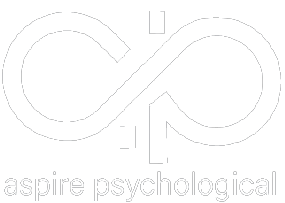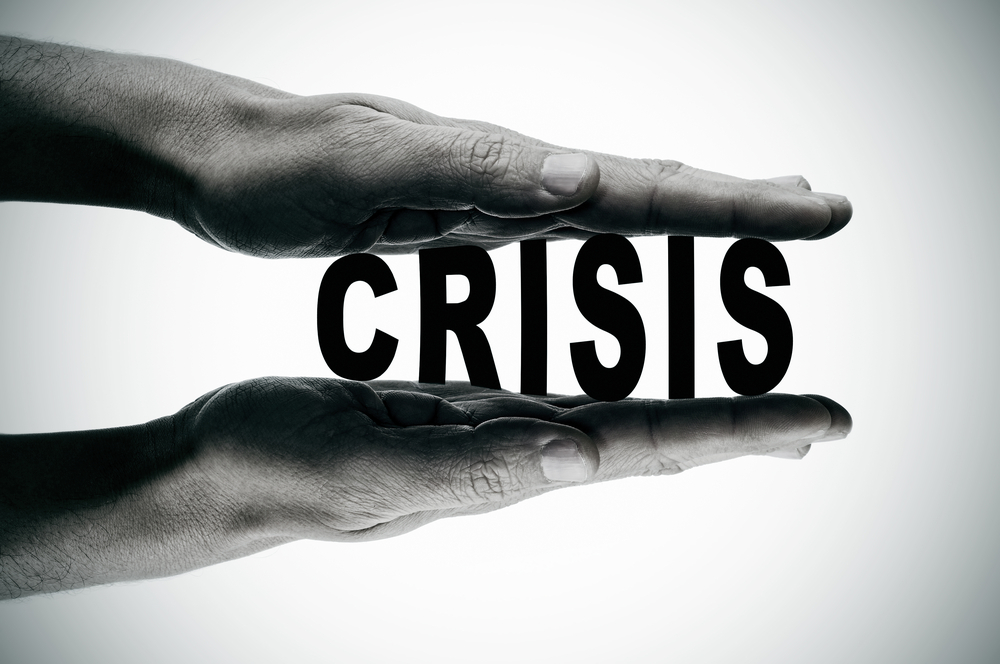One of the most exciting aspects of psychology is the fact that it is not static. Therapists have a fair amount of latitude to customize treatment plans around patient health, wellbeing, and preferences. Take panic attack therapy. There is not just a single way to approach it. In fact, there are three primary approaches, each with different angles a therapist could take.
Panic attack therapy is one of the many therapies for children and adults available through Aspire Psychological. If you or a family member suffers from regular panic attacks, some professional therapy might prove very helpful. In the meantime, let us talk about the three primary approaches to panic attack therapy.
1. Cognitive Behavioral Therapy
Cognitive behavioral therapy, also known as CBT, is arguably the most common approach to panic attacks. It is a conversational therapy designed around the therapist and patient just sitting and talking. What makes CBT so unique is its focus on understanding what patients are thinking and how they are feeling at the current time. There is less emphasis on the past or the future.
CBT is a worthwhile approach to panic attack therapy because it can help identify and challenge the negative thoughts normally associated with panic attacks. Productive discussion can help a patient understand common fears, such as the fear of losing control or even dying. And once thoughts and fears are better understood, patients can learn coping skills and relaxation techniques to better manage panic attacks.
2. Exposure Therapy
A second approach is something known as exposure therapy. When panic attack therapy makes use of it, the goal is to help patients overcome their fears by purposely triggering panic attacks in a safe and controlled environment. It is believed that exposure therapy helps by breaking the fear cycle through repetitive trigger exposure.
When exposure therapy works as planned, patients learn to face their triggers while still knowing they can manage any anxiety they might experience. Through proper anxiety management, a patient can reduce the frequency and intensity of the panic attacks.
Granted, exposure therapy can go either way. Some people respond to it very well while others do not. If there is one weakness to exposure therapy is that it does not necessarily lead to a better understanding of why a patient feels and thinks the way he does.
3. Acceptance and Commitment Therapy
Acceptance and commitment therapy (ACT) is a therapy designed around the concept of accepting one’s thoughts and feelings without judgment. It is rooted in the understanding that people automatically associate negative thoughts and feelings with panic. But when panic is understood from a factual perspective, not being judged as right or wrong, patients can take a more logical approach to what triggers their panic.
ACT seeks to help patients live productive and meaningful lives, despite panic attacks, by teaching them to disassociate themselves from their negative thoughts and emotions. As an alternative, patients are taught how to engage in value-driven actions that ultimately mitigate the impact of a panic attack disorder on daily life.
One Size Doesn’t Fit All
When it comes to panic attack therapy, one size does not fit all. Therapists can approach panic attacks in any number of ways. Again, that is one of the great things about psychology. Treatments can be tailored to each individual to ensure the most helpful therapy.
If you or a loved one experiences recurring panic attacks that disrupt daily life, we encourage you to seek professional help. Panic attack therapy guided by an experienced practitioner can make all the difference in the world.





